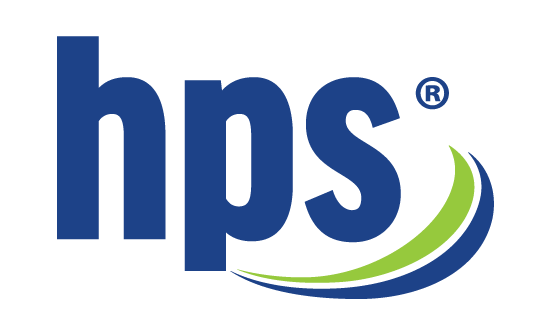SPS is our single payment system and is unique to HPS. The HPS SPS is intended to simplify billing and payment of medical charges. So, how exactly does this work?
The patented HPS SuperEOBⓇ is the only solution on the market that consolidates provider bills and EOBs into one monthly statement, similar to a credit card statement. Regardless of how many HPS providers an individual sees in a month, he or she will receive just one statement through HPS’ third-party payment system, making bill pay simple.

SPS Fee vs. Network Access Fee
It’s common in the industry for PPO networks to charge an access fee, which is typically some combination of PEPM and/or percent-of-savings, for the right to use their provider contracts.
HPS does not charge a network access fee. Rather, the fixed costs of an HPS plan are for the additional risk of the member cost-share portion of the plan that HPS purchases from its provider partners. These costs are the SPS fee.
Benefits of SPS
The business model of charging an SPS fee rather than a network access fee provides the opportunity for HPS to deliver an extremely useful value-added service, the SuperEOBⓇ. Additionally, zero-interest payment plans are available to members when needed and are offered without late fees, making payment of medical bills even easier.
The SPS model benefits providers as well, as HPS takes billing and collections off the provider’s plate. As a third-party payment system, HPS pays the provider for a patient’s claim(s), then handles the collection of payment from the patient. This eliminates the financial friction between the provider and the patient. It also encourages patients to see providers who are in the network and using SPS.
How Is the SPS Fee Determined?
The SPS fee is a percentage of the allowed amount that is incurred by the plan associated with HPS providers. It can fluctuate due to collection rates. As an example, two of the many predictors we evaluate are:
- Employer group SIC code
- Plan design offered to employer group’s employees
- Lower deductibles and out-of-pocket maximums for employees positively impact the SPS fee (lower out-of-pocket costs lower cost of collection, capital costs and risk of bad debt taken by HPS).
- Health reimbursement accounts and health savings accounts can also impact the SPS fee positively.
Average SPS fees are 1.7% of the allowed amount, and even with higher-risk SIC industry codes, benefit plans with deductibles of $2,500 (individual) and $5,000 (family) and out-of-pocket maximums of $3,000 (individual) and $6,000 (family) or lower can often get the average SPS fee quoted.
In situations where a favorable plan design and industry are quoted, HPS may waive the SPS fee altogether, providing the employer access to the broad HPS network of over 96 hospitals and 23,000 physicians in Wisconsin at no fixed cost.
A Third-Party Payment System with SPS
Contact HPS today to learn how you can win new business with the SPS fee and SuperEOB!


-01.png?width=379&name=HPS_Logo_Registered%20Trademark%20(White)-01.png)

